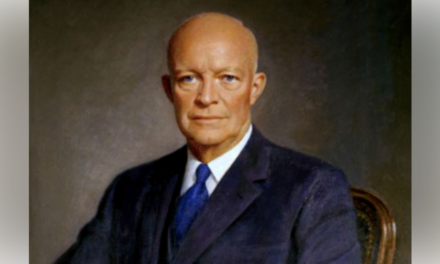
Greenville’s Audie Murphy/American Cotton Museum in recent years has taken significant steps to offer a more complete and inclusive depiction of Hunt County’s Black history.
The museum’s commitment to telling a broader story began in earnest in 2020. During the pandemic – as public spaces shut down and people were forced to stay home – the museum sought creative ways to engage with the community. One result was “The African-American Experience in Hunt County” – a powerful oral history series that collected the voices of local African Americans from different walks of life sharing their experiences, struggles and triumphs.
This project laid the foundation for a broader focus on Black history in the area, which has since expanded to include two additional series. The 2022 interviews centered on barbers, hairdressers and beauty shop owners – pillars of the Black community whose shops have long been a source of pride and connection. In early 2024, the museum launched a new series highlighting the vibrant tradition of Black gospel music in Hunt County.
Most recently, the museum unveiled its permanent outdoor installation, “A Journey Through History.” This powerful addition features 15 large stone displays – each offering snapshots of Hunt County’s history, with an emphasis on the Black community’s contributions.
The museum’s decision to center Black history in this installation is a testament to its commitment to telling the full story of the county. Among the stories shared are the early history of black education in the area, particularly the legacy of St. Paul’s school in Neylandville – established in 1888 as one of the first all-Black schools in the region.
Other slabs highlight historically black neighborhoods in Greenville such as College Hill, Dark Town and Flats – each community a testament to resilience in the face of segregation and systemic oppression.
Local athletic heroes are also honored in the exhibit. From middleweight boxing champion Reecy Davis to his great-granddaughter, Tara Davis-Woodhall,who won gold in the women’s long jump at the 2024 Olympics. Their stories are celebrated as part of the county’s rich sporting legacy. The contributions of Black musicians like Trig Ward, who broke barriers in venues where he was often the only Black performer, are also recognized.
What the museum has done is more than simply add Black history to its roster; it has made it central to understanding the full scope of Hunt County’s history. This effort reflects a broader national reckoning with how we tell our story and who gets to be included in that narrative.
Black Americans have always been an integral part of this country’s story and museums like this one are helping ensure their contributions are not overlooked.
The museum’s work is ongoing and with plans to expand its exhibits in the future, the opportunity to deepen the community’s understanding of local history continues, offering an opportunity to see how history – once hidden in the margins – is now front and center where it belongs.
— Herald-Banner
Thank you for supporting local journalism.
Get the most out of your subscription by signing up for email newsletters and downloading our app.]]>
‘; var element = document.getElementById(“sub_message”); element.appendChild(subMessage); console.log(“Code Loaded!”); } else { var subMessage = document.createElement(‘div’); subMessage.id = ‘sub-message-top’; subMessage.class = ‘panel panel-default’; subMessage.style.backgroundColor = ‘#eee’; subMessage.style.borderRadius = ‘5px’; subMessage.style.padding = ’10px’; subMessage.style.marginTop = ’25px’; subMessage.style.marginBottom = ’25px’; subMessage.innerHTML = ‘
Support local journalism.
Subscribe Today‘; var element = document.getElementById(“sub_message”); element.appendChild(subMessage); console.log(“Code Loaded!”); } }
Source




